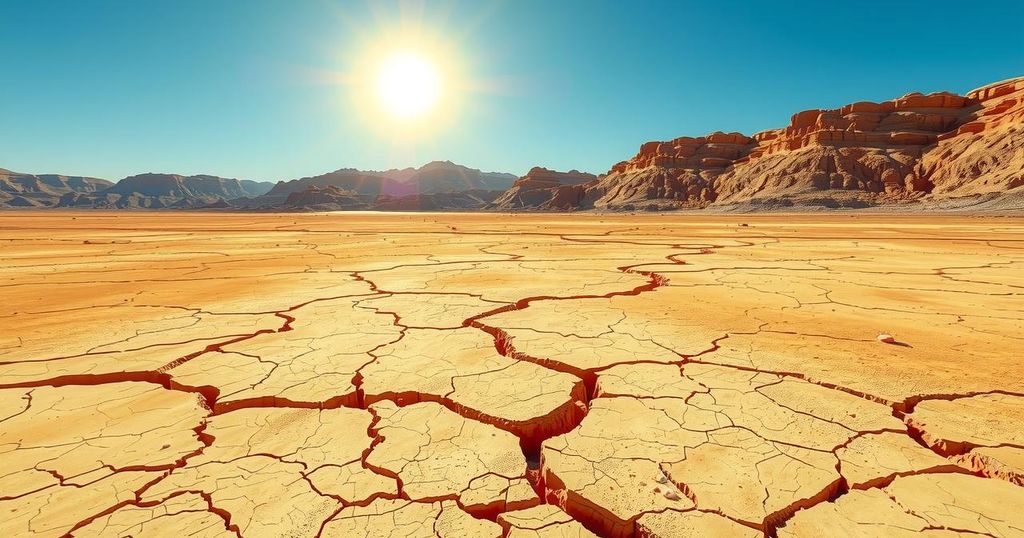Record Temperatures and Heatwave Conditions Indicate Rising Climate Challenges in India

India is undergoing a severe heatwave, with temperatures above 40°C, reaching records over 46°C in certain regions. The IMD has issued warnings, including yellow and orange alerts, to protect vulnerable populations. Notably, climate change is prolonging heatwave occurrences. Experts predict heightened energy demands for cooling, necessitating a focus on sustainable practices.
India is currently experiencing a significant heatwave with temperatures soaring above 40°C (104°F) in many cities, and some regions experiencing extreme highs exceeding 46°C (114.8°F). According to the India Meteorological Department (IMD), Delhi has faced three consecutive days of elevated temperatures, marking its hottest April night in three years and 5-6°C (9-10.8°F) above the seasonal average.
The IMD issued a yellow alert for many areas in northwest India, indicating that the heat is manageable but poses risks for vulnerable populations, including the elderly and those with chronic illnesses. Parts of Gujarat have been placed on orange alert due to more severe heat wave conditions, where residents are urged to minimize exposure to the heat and stay hydrated.
In Uttar Pradesh, state authorities are ensuring that hospitals are prepared for potential heat-related health issues, while animal welfare officials have been instructed to ensure animals have adequate shelter and water. Barmer, Rajasthan, witnessed record-breaking temperatures of 45.6°C (114°F) on April 6 and 46.4°C (115.5°F) on April 8, with nearly 30 weather stations across the country reporting temperatures exceeding 43°C (109.4°F) that day.
Mrutyunjay Mohapatra, chief of IMD, warned that between April and June, northern and eastern India, along with central India and the northwestern plains, might experience two to four more heatwave days than usual. Following a brief low-pressure system that brought rain on April 11, the IMD predicts continued heat wave-like conditions in Delhi, Punjab, Haryana, and Rajasthan in the coming days.
Historically, northern India typically endures these heat waves by late April; however, climate change has led to prolonged periods of extreme temperatures. In 2024, Rajasthan recorded a staggering 50.5°C (123°F), leading to over 40,000 suspected heatstroke cases.
Experts, including Mahesh Palawat from Skymet, noted that India is experiencing a rapid transition from winter to summer, resulting in shorter springs. Despite the pervasive heat, some analyses indicate that India’s warming rate is slower than the global average, with scientists exploring potential cooling factors such as air pollution and irrigation expansion.
With increasing reliance on air conditioning to cope with the heat, India’s energy demands are projected to peak by 2035, with an anticipated rise of 130 to 150 million new AC units, while also noting a rise in renewable energy production.
The temperature spike across India indicates a troubling trend of increasing heat wave frequency and severity, attributed to factors like climate change and urbanization. Authorities are taking proactive steps to mitigate health risks associated with these rising temperatures, while experts continue to study the underlying reasons for India’s slower warming rate compared to global averages. The ongoing demand for cooling solutions, particularly air conditioning, highlights the pressing need for sustainable energy practices.
Original Source: www.eco-business.com







